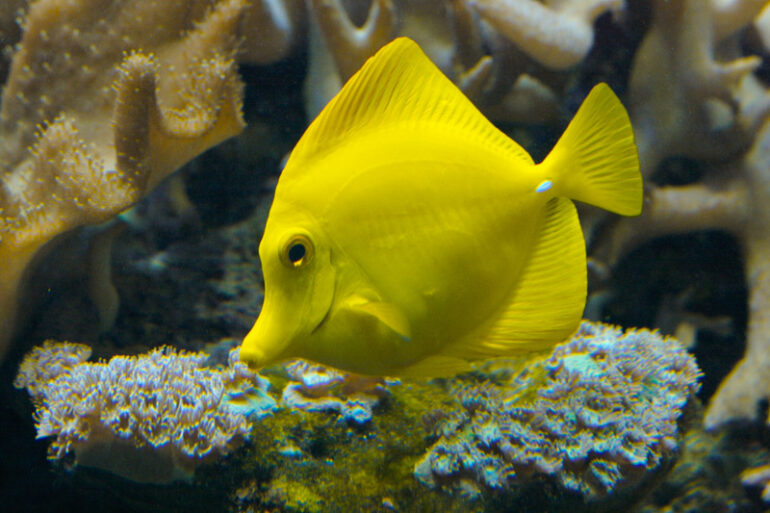For many of us, 2023 was a rough year. But as I typically do during a tough year I start looking at the future and hopefully better times. 2024 will mark the fortieth year I have been in reefkeeping. The first question this raises is where did the time go? The second question is after seeing where the hobby has come from where can we expect it to go in the future? Fortunately, every few years I give a talk, do an online call, or write an article discussing the possibilities. Some years the future looked dark, so I tried to boost morale, such as when the cover of Audobon Magazine called us “Raiders of the Reef”. Fortunately, at other times the future has looked brighter such as when new tank-bred fish and corals started to reach the market.
While I have been putting my thoughts together for this article, I have come to realize that this time things are different, as in my opinion, the hobby is at a crossroads. That is, on the one hand, on the whole, we are more successful in just about every aspect of the hobby than ever and there are more hobbyists than ever. But on the other hand, there is more pressure than ever, both politically and economically, that is hurting the hobby. How these all play out, and which will prevail will go a long way in determining the future of the hobby both in the short and in the long term.

So what does the future of reefkeeping look like? As I see it, there are both positive and negative forces at play and which ones prevail will determine our future. Having watched things play out over the past 40 years, I have seen these negative forces wax and wane and they never really go away. Sadly, these negative forces seem to gain traction with each swing of the pendulum. I am not trying to be a negative nabob in pointing out the negative forces first, but rather I hope to provide an idea of what we need to look out for and try to hedge against for the hobby to continue thriving.
The first and possibly most negative factor in the continuation of the hobby is the rise of political and environmental groups attempting to shut things down. While I feel that for the most part, they have good intentions, their goals are misguided. Their general plan is to shut down the hobby through either political pressure or litigation with their thought being that either keeping wild animals, any wild animals, is unethical or deleterious to the environment. As a result of their activity, they have gotten Hawaii, with one of the best managed and data-driven fisheries to shut down completely as well as Fiji, and have reduced shipments from Indonesia as well as other areas. They do not realize that the hobby contributes to the protection of the reef far more than it damages it.
Due to what we have learned fish are no longer over-collected, or collected with cyanide or dynamite due to their having value. The biology of corals is now much better understood and as a result, virtually any type of invertebrate can be kept successfully, and many are now being spawned and raised successfully as well in closed environments. In fact, due to what we have learned, Charlie Veron is setting up a coral bank so that as many species of coral as possible are being kept and maintained away from the ocean, so if any species are lost, they can hopefully be replaced from this bank. He is trying to protect the corals that may be lost should the reefs succumb to global warming or acidification. And he is doing this without any government support. So, this is a positive in terms of what can be done to protect the reefs.
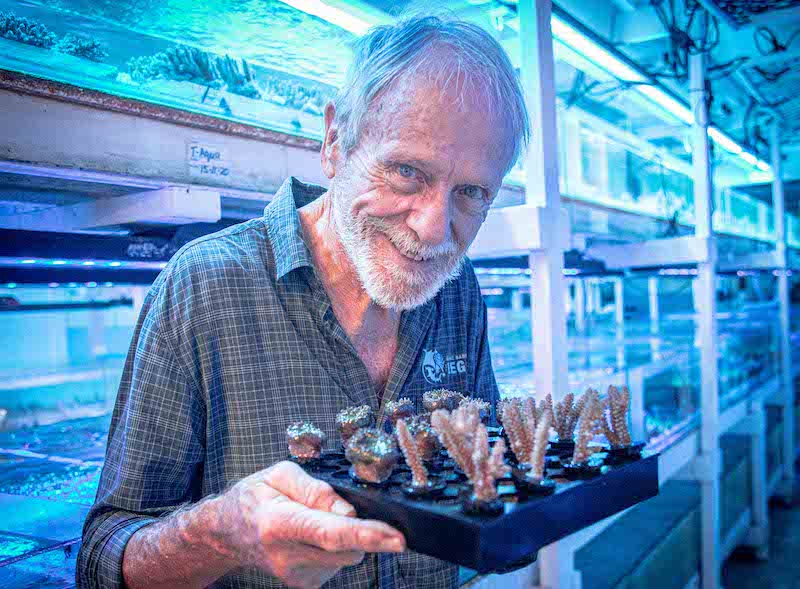
In addition to the political pressure, there is also now significant pressure on the hobby due to the significant recent increase in energy costs. The price of energy for everything has gone up and this has translated into it costing more and more just to maintain a reef tank, which uses a lot of electricity. This has driven a significant number of hobbyists from the hobby, with an estimate that at least a million hobbyists, both fresh and saltwater out of the hobby in Great Britain alone. This increased energy cost has also translated into increased costs for shipping, which makes getting fish and corals from the wild more expensive as well.
Fortunately, these costs have recently started to come down. Lastly, inflation has led to the cost of equipment to rise as well. This hobby has never been inexpensive, but all of these pricing pressures are making it so that it is becoming prohibitive for all but the most well-off to get into the hobby. In the future, I hope to see more energy-efficient products on the market and even more fish and corals being raised domestically, both of which should help make the hobby’s costs more manageable.
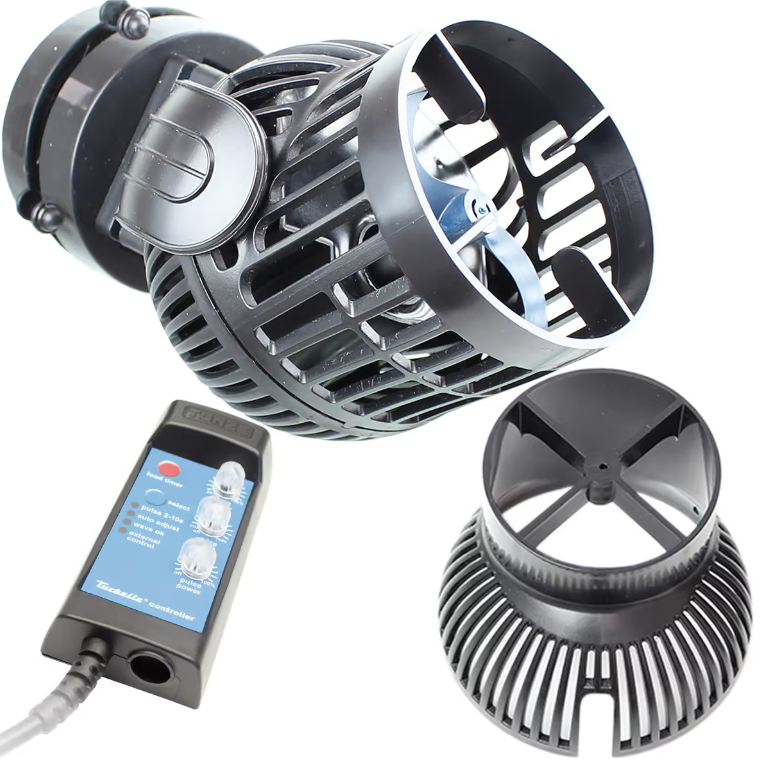
Over the last decade, the price of corals and fish has increased significantly, as I have discussed in previous articles. This is partly due to the Internet, where the prices of corals are advertised and where the collectors, who also have the Internet, can see what dealers are charging customers. Now when a collector sees that a coral is selling for 10 or 100 times what they were charging they feel that they are entitled to a price increase as well, so now many of the corals that used to sell for 5 or 10 dollars are now going for 25 or 50 dollars from the collectors, which leads to increased prices at each place down the line.
As more and more corals are bred or grown over time I feel that the prices of livestock will start to come down. But these price increases are also due to the increased demand due to the unprecedented increase in the number of new hobbyists who have joined the hobby. While this increased interest may continue, in the future I expect supply to meet demand and this will lead to lower or stable prices.
Lastly, in terms of negative aspects on the future of the hobby is the large and varied identity of the number of pests entering our tanks. Over the past few years, I have seen more and more new pests in the last few years than I had seen over the previous thirty years. I do not know if it is because we have become more successful at keeping our animals long-term or if it is because we are bringing in more maricultured corals. For this reason, I am far more aggressive and vigilant about dipping and quarantining everything that I bring in and I am personally getting more aquacultured pieces and fewer wild and maricultured pieces than ever before.

While all of these negatives may make it seem like I feel that the potential for reefing in the future is bleak, actually it is quite the contrary. First, there are more hobbyists than ever joining the hobby. A recent survey found that there are an estimated two-three million hobbyists worldwide keeping reef tanks. Looking back to the early 1980s when there were probably only a few dozen of us doing this, it is quite amazing how far we’ve come and how many have joined our ranks. Having this many people join and enjoy our hobby, with most joining in the last decade, indicates to me that the future is bright and full of hope. With this increased number comes increased knowledge and increased experience, which will hopefully be shared via studies, papers, programs, magazine articles, and the Internet.
This increased demand for hobby-related products has led to more innovation and useful products than ever before. Unlike in the past when just about any product brought to market would generate some demand, now for the most part only high-quality products remain on the market due to the rapid spread of information and user reviews. In terms of new and innovative products that I expect to see in the future are first more energy efficient products. With the cost of energy unlikely to drop any time soon it is paramount that the manufacturers develop more energy-efficient products, otherwise fewer hobbyists will be able to afford the hobby. While lighting has improved significantly from the early days, it is still relatively inefficient, so I expect to see more energy-efficient lighting on the market. I also expect that more and more hobbyists will start utilizing sunlight in one form or another to help save on lighting. I have had a sunlight tank set up now for ten years and have come to enjoy it at least as much as my conventionally lit tanks.
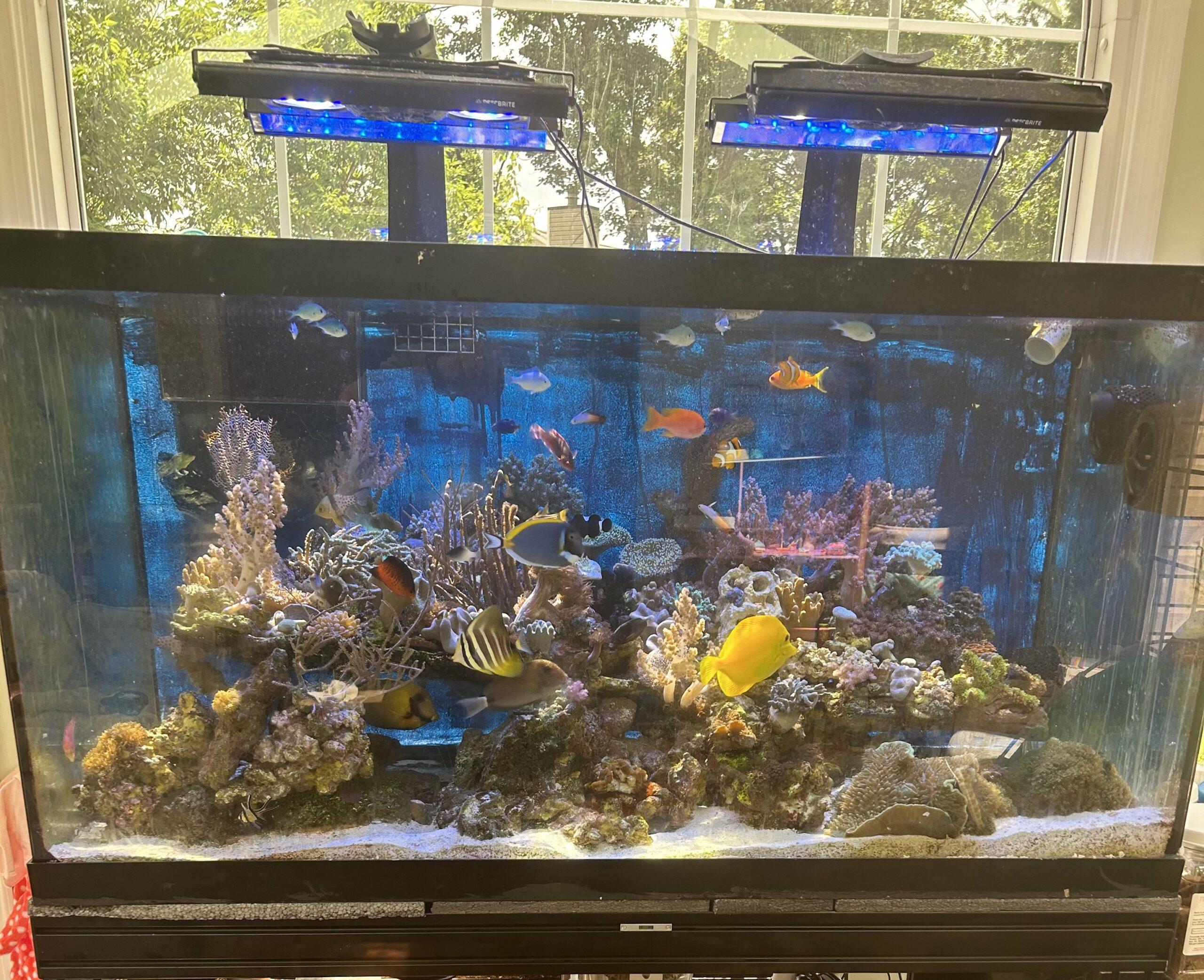
In addition to being more energy efficient, I think the future will see a number of improvements in terms of husbandry as well. The first area where I expect to see improvements is in water testing. While ICP testing has now been around for a decade, there is still too much variability between tests and what is tested for it to be the be-all of water testing that it should be. Each testing company seems to have developed its own number of trace elements that it deems important while neglecting or not measuring others. In the future, I expect more consistency among tests. Once this testing becomes better, I expect the future will also bring us a much better understanding of exactly how important each trace element is and exactly what they do.
Right now, when reading the literature there is still significant conjecture rather than proof that trace element X does this and needs to be maintained at level Y in order for this to occur. In addition to this better measure of trace element levels, I expect that this improved understanding will also lead to a better understanding of how these trace elements interact with one another and even what ratios between these elements are important. Right now we tend to view a trace element as an independent entity when in reality many interact with others and we need to develop an understanding of this and which ones are important.
While I expect ICP testing to improve and eventually provide the kind of information we need to take trace elements and their supplementation to the next level, I also expect that in the future home testing will significantly improve as well. The first step I expect to see in this regard is that standard solutions will become widely available and inexpensive so that the accuracy of home tests can readily be determined. It would be a significant improvement if before a test was run it could be determined that it was off .1, 1, or 10, which we currently do not know. This would dramatically improve our understanding of what the major trace element levels were in our tanks and when they were optimal. Once these standards become available, I expect that the accuracy of the tests will improve as well, and this can do nothing but improve our understanding of water chemistry and increase our likelihood of success.
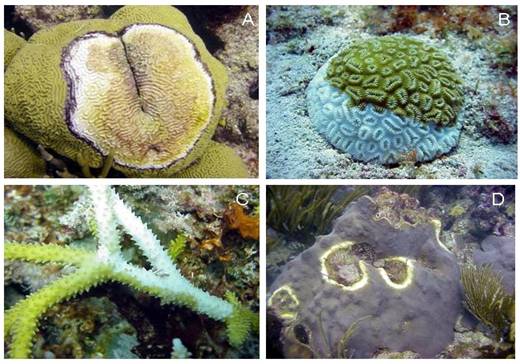
While improved testing of major and minor trace elements will go a long way in increasing our success, I expect the future will also provide a better understanding and treatment of coral diseases and pests. At present understanding and treating coral diseases is in its infancy. Unfortunately, these diseases are occurring more frequently and are more widespread, so the need for better understanding is critical lest we lose even more of our reefs and continue to lose the corals in our tanks. As is usually the case when there is a demand the need is usually met, so coral disease identification and appropriate treatment will be one of the key focal points for reefing in the future. A corollary to this is that I also expect that our understanding of the bacteria on a reef and in the coral microbiome will also be better understood in the future as well. This too is currently in its infancy.
With our continued growth in the demand for fish and corals, the number required will either stay the same due to our increased ability to keep our animals alive longer or increase from even more individuals joining the hobby. Either way, we will need to find ways to obtain fish and corals without reducing wild populations. Fortunately, fish corals and other invertebrates are now being captively spawned at a greater rate and with more success than ever. Even rare fish that were once thought impossible to keep let alone breed are being bred in captivity by not only companies but also by individuals. Hopefully, over time, the prices of these captive-bred fish will come down to where their price is comparable to that of wild-caught animals. Only then will the demand for wild-caught animals drop.
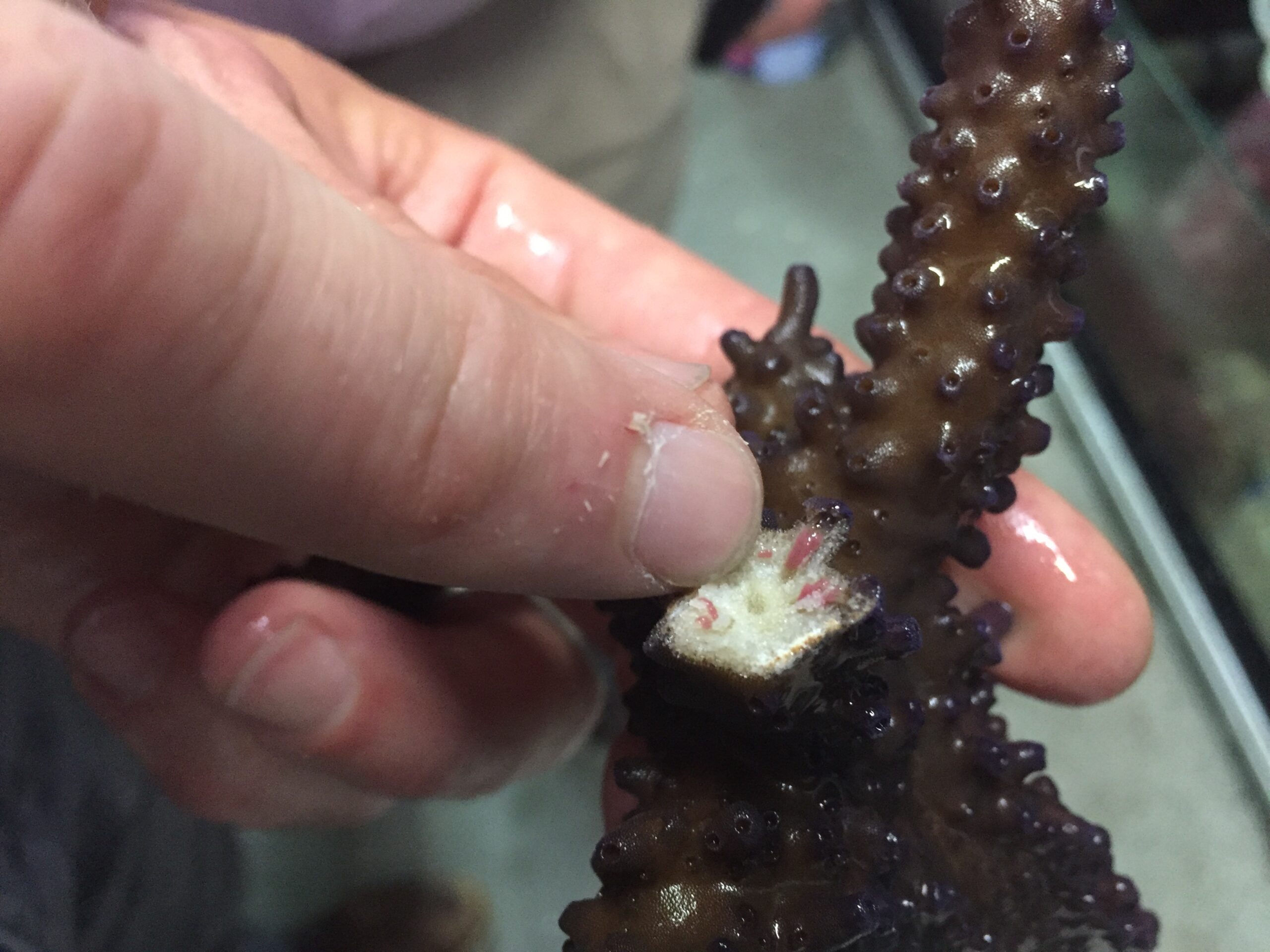
In this regard, the work of Dr. Jamie Craggs and his colleagues at spawning corals captively has the potential to significantly reduce the demand for wild colonies. This is because unlike fragging where a few dozen frags from a colony that is fragged are available, a spawning event can produce 10s of 1000s of offspring. For this reason, captive spawning of corals and fish is the future of the hobby. It is also the future in that Jamie has proven that captive spawning of corals can produce hybrids so that the variety of corals that may be available in the future is limitless. In addition to providing corals to the hobby, this technology will also allow for reef restoration in the future as well. So as to the future, captive spawning of corals and fish provides the most positive picture as to what the future might hold.
Reefkeeping in the future has a high likelihood of success owing to what we have learned over the last four decades. No longer is it necessary to think that most corals are impossible to keep nor should this only be a hobby for doctoral candidates. The information for success is now widely available so just about anyone can be successful. However, there is a significant risk that for political reasons attempts will be made to shut the hobby down or restrict its growth significantly. While we have done a great job of educating our own, it is now in our best interest to educate everyone as to the benefits this hobby provides and how it is improving the environment and not destroying it. If we can successfully do that the future of the hobby is indeed bright.


